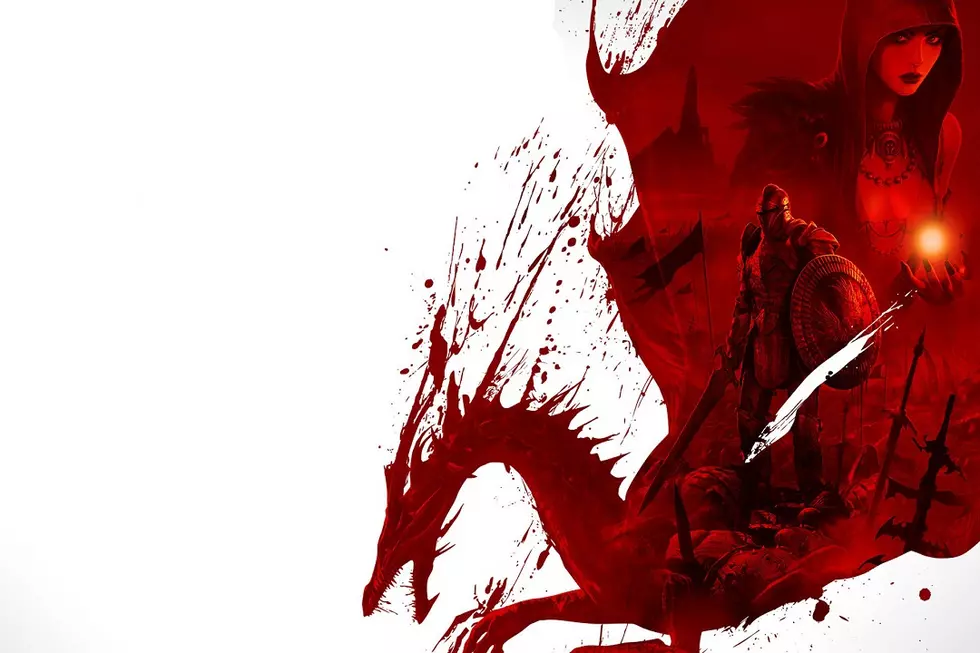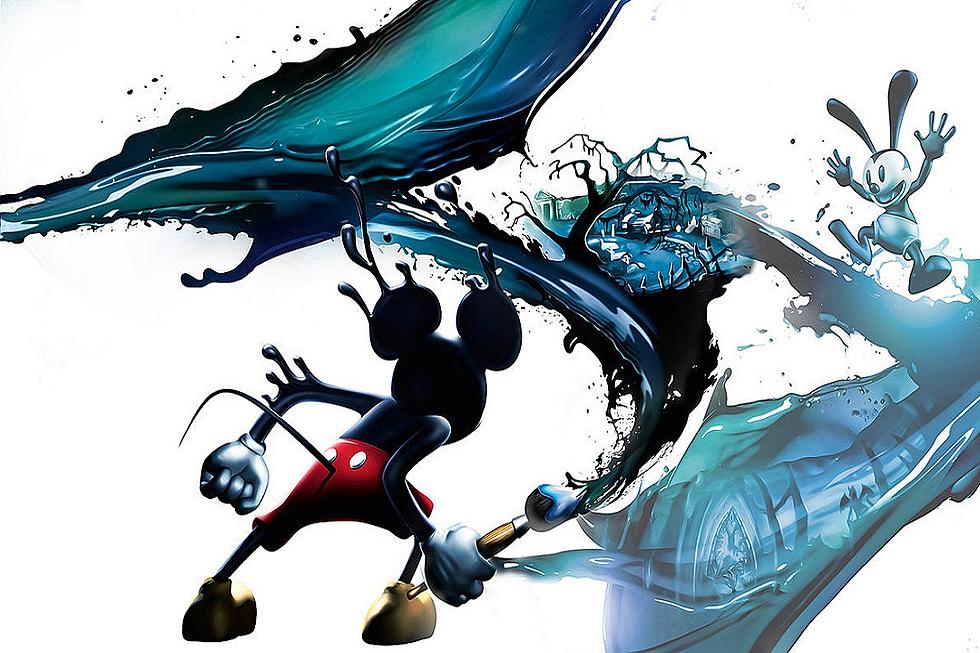
The Before and After of Bioware Highlighted in Dragon Age: Origins
Bioware has had an interesting run in the gaming industry to say the least. The storied studio has spent decades weaving intricate and connecting stories through their video games that have both garnered and divided the gaming community at one time or another. They are, after all, responsible for both the Baldur’s Gate and Neverwinter Nights RPGs set in Dungeons & Dragons universes. However, there’s a distinct turning point for Bioware and an exact game it hinges on. It was in 2009 on this day that Dragon Age: Origins was released, marking the start of a transition from the pure, tactical RPG gameplay Bioware was known for into a more cinematic and action-oriented generation of Bioware games.
Bioware began development of Dragon Age: Origins in 2002 with a distinct goal in mind. They wanted to create a spiritual successor to Baldur’s Gate and Neverwinter Nights, but without having to deal with the licensing issues concerning the Dungeons & Dragons product. For this matter they decided to create a wholly original IP similar to their previous fantasy-fiction ventures, but very different as well. The game turned to inspiration from other fantasy-fiction universes like The Lord of the Rings and A Song of Fire and Ice to create a new world of both high and low fantasy at the dawn of its Iron Age.
Bioware used various familiar tropes such as elves, dwarves, dragons and ogres, but they wrote these races and monsters from new perspectives unique to the Dragon Age universe. The game takes place in the land of Ferelden in a time when various factions are at odds with one another. Among this strife, a horde of subterranean demonic creatures known as the Darkspawn threaten to invade the land and kill all in their path in catastrophic event known as the Blight. The only thing that can save Ferelden is an ancient order known as the Grey Wardens who have traditionally fought off the Blight in the past.
Players take on the role of a human, dwarf or elf from various backgrounds of prosperity and squalor as they get caught up in the Grey Warden campaign against the latest Blight. Throughout the game, players make choices and the world reacts to them based on their background, race and what has occurred up to that point. Along the way, they find allies willing to join their cause, as well as develop growing relationships with them and the other characters in their party. Each of them holds their own personalities and values and not all of them mesh up fully. It’s up to the player to keep the peace in the party or risk losing allies on their way to stopping the Blight.
Combat was an extremely transitional experience for Dragon Age: Origins. Bioware took up the task of attempting to make a system that would appeal to new audiences while remaining faithful to the systems fans loved about Baldur’s Gate and Neverwinter Nights. To this end, combat plays out in real-time, but can be paused at any moment for players to queue abilities and issue commands to various allies. Keeping a varied party and queueing up the proper string of abilities was paramount to defeating greater foes and groups of different enemies. The game could also be shifted to a top-down view, similar to the isometric experience of Bioware’s early RPGs.
In the end, Dragon Age: Origins was an attempt by Bioware to create something similar to their original and successful games while also trying to appeal to everyone. That said, it was the transition to a new era of Bioware. Simply put, Bioware games before Dragon Age: Origins and after it are very different titles. Origins most definitely caught the attention of old school fans with its classic tones and touches, but under the ownership of Electronic Arts, Bioware would pursue far more action intensive products, starting immediately with Mass Effect 2. Dragon Age: Origins was great, but it also stands as the definitive closing chapter to the end of a traditional era for Bioware.
More From Arcade Sushi









